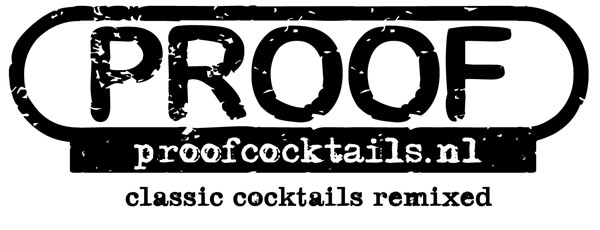
Pisco Inferno.
We recently looked at a very tasty classic cocktail – the Pisco Sour. Tinkering around with such classics is a fun way to come up with new drinks, most of the hard work already having been done for you. My Pisco Inferno is the result of precisely such jiggery-pokery. It’s a bit of a playful cheeky number this one. The idea is that the drinker thinks the name is simply (and it is) a reference to the classic 70s hit Disco Inferno and that it all looks a bit fun, lightweight and discoesque but when they taste it and get that tingling on their lips; “Ah, Pisco Inferno, I get it!” And that lip-tingling effect would be due to the secret ingredient – chili liqueur – which makes up the sweet component. Now there is a commercial chili liqueur called Ancho Reyes that is highly regarded but muy costoso and I didn’t want to burn through 40 odd beer tokens for an experiment. Solution? Make my own chili liqueur. At this point about 90% of the readers have tuned out because a) This guy is a cheapskate or b) This is going to be a lot of hassle. Congratulations remainers; you’re about to find out how easy, fun and yet subtly impressive making your own liqueurs can be. The principles below are applicable to the manufacture of any number of liqueurs using relatively dry flavouring ingredients – your imagination is the only limiting factor. Simply use any appropriate base spirits and make sure the strength of those extracting spirits is above 40%, fortifying them with a little high strength vodka or other neutral spirit (eg. Everclear/alcool blanc) if necessary.
Chili Liqueur.
In a clean jam jar or mason jar pour 120ml of tequila and 60ml of 50%ABV vodka. Add 6 large dried chili peppers (more if you’re a total chili-head), a swathe of thin lemon peel (little or no pith) and a teaspoon of peppercorns (I used some smoked ones I happened to have because: smoked!). Close and leave for 1 week, shaking at least daily. Strain out the liquid and throw away the solids. In this case a fine sieve should do the trick but more often you’ll need to use some unbleached coffee filters† to hold back super-fine particles. You should be down to about 150ml as some liquid is locked into the spices by now. This spice-infused alcoholic liquid is called a tincture and we’ll be dealing with those again in due course but basically we’re harnessing alcohol’s secret super-power of sucking the flavour out of almost anything. Now all you need to do is add another 100ml of 40% spirit (I used some vanilla vodka that I had going spare because: vanilla and chili – mmmm) and 150ml of fresh 2:1 simple syrup to your tincture. You now have about 450ml of a moderately spicy chili liqueur at about 26%ABV that should keep pretty much forever. See, that really wasn’t very difficult was it? You can apply the same basic formula to create any number of home-made liqueurs. Tip: don’t just use the main flavouring but consider complimentary flavours too (as above).
Pisco Inferno.
2oz / 60ml pisco.
1oz / 30ml fresh lime juice.
0.75oz / 22ml chili pepper liqueur (Ancho Reyes* or your own).
1oz / 30ml egg white or aquafaba.
Shake hard with ice and strain into a chilled champagne coupé.
Wait for the foamy head to settle then sprinkle with something disco appropriate from the cake decorating department (as pictured or perhaps candy stars/silver baubles etc) which will remain until the end giving a sweet rewarding last sip to counter the bite of the chili.
Toast The Trammps for their 1976 disco classic.
†An even better solution are reusable superfine filters used for cold brewed and filter coffee. They don’t have the disadvantage of soaking up some of your precious tincture. Or ripping. Or running out. Or imparting a “papery” flavour. It’s also possible to “filter” by simply letting the solids settle to the bottom and then very carefully pouring out the clear part (a bottle with a abrupt neck such as a classic wine bottle is ideal).
*Given that I have not yet tested Ancho Reyes you might have to adjust the quantity for sweet/sour balance.

























Recent Comments